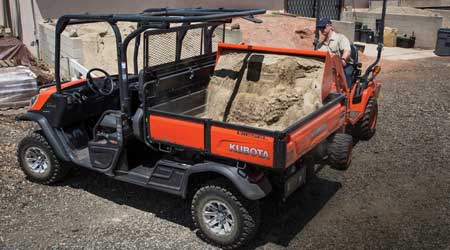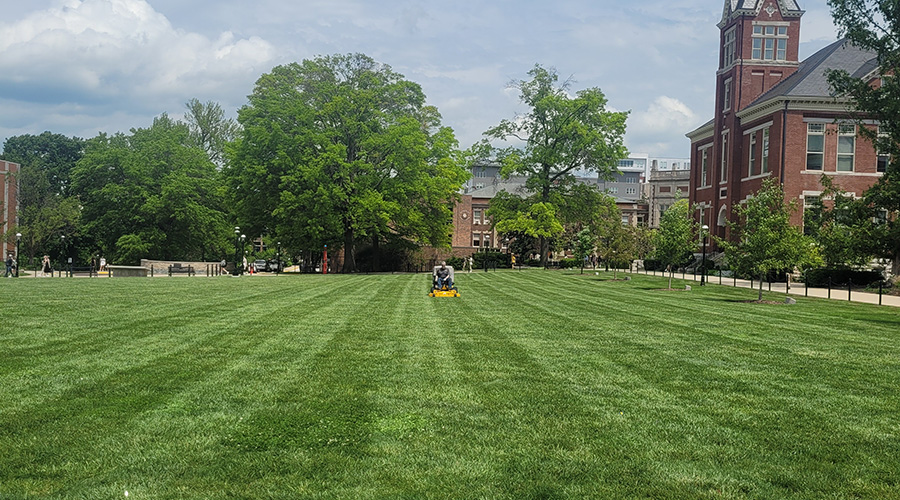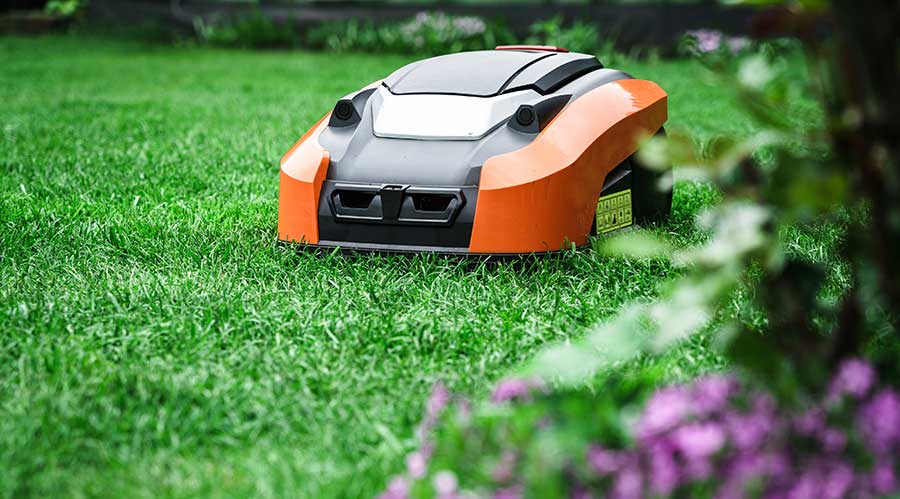Considerations for Utility Vehicle Replacement
When it's time to replace utility vehicles, managers should consider several factors, including versatility and flexibility.
Once a manager decides to replace an existing utility vehicle, the next step is to get quotes from local dealers. A perfect vehicle does not exist, so the local dealer might be the deciding factor.
Managers need to consider the needs of the department. Do workers just need transportation for themselves, or do they need to move materials? Do they need to plow snow? What attachments do they need or would find helpful?
Manufacturers can provide options to fit any department that will provide years of productivity. Managers should consider setting up different vehicles in varied configurations to suit different teams. For example, a vehicle set up for mowing should be able to pull a mower and have racks for trimmers and edgers. A vehicle set up for landscape bed work might need a larger bed with hose storage. Most manufacturers also provide options for two or four seat models, providing the ability to move a whole crew at once.
Before submitting a purchase order for a utility vehicle, managers should double-check the quote to make sure it has everything needed. Many vehicles are sold without many standard options to provide the most flexibility possible.
For example, managers need to make sure the tires specified suit the property and the needs of workers. Many utility vehicles come standard with very aggressive off-road tread tires, which might not be compatible with a site’s turf.
If the vehicle should have turn signals and brake lights, managers also will need to specify those features. The dealer can help a manager set up the best vehicle for the department that will boost productivity and maximize the department’s personnel.
Brandon Haley, CGM, is a grounds project manager with SSC – Services for Education, a university and K-12 facilities services provider. He is also a Certified Grounds Manager through the Professional Grounds Management Society with 22 years of experience in the green industry.
Read More: Utility Vehicles
Need additional information on specifying, inspecting, repairing and replacing utility vehicles? Visit Facilitiesnet.com and check out these articles:
Maximizing the Investment. By understanding utility vehicle options and grounds care needs, managers can select vehicles that deliver productivity and performance.
Repair or Replace? No matter how comprehensive a utility vehicle maintenance program is, every vehicle reaches this tipping point. To make a smart decision, managers need to gather and analyze data on vehicle condition and repair history.
Spotlight: Higher Education. Grounds managers with colleges and universities discuss their successful specification strategies and long-term benefits of utility vehicles.
Inspection and Repair. By better understanding the importance of utility vehicle inspection and maintenance practices, managers can ensure the safe, reliable, long-term performance of vehicles.
Case Study. The evolving campus of the University of Puget Sound creates utility vehicle challenges and opportunities.
Related Topics:














